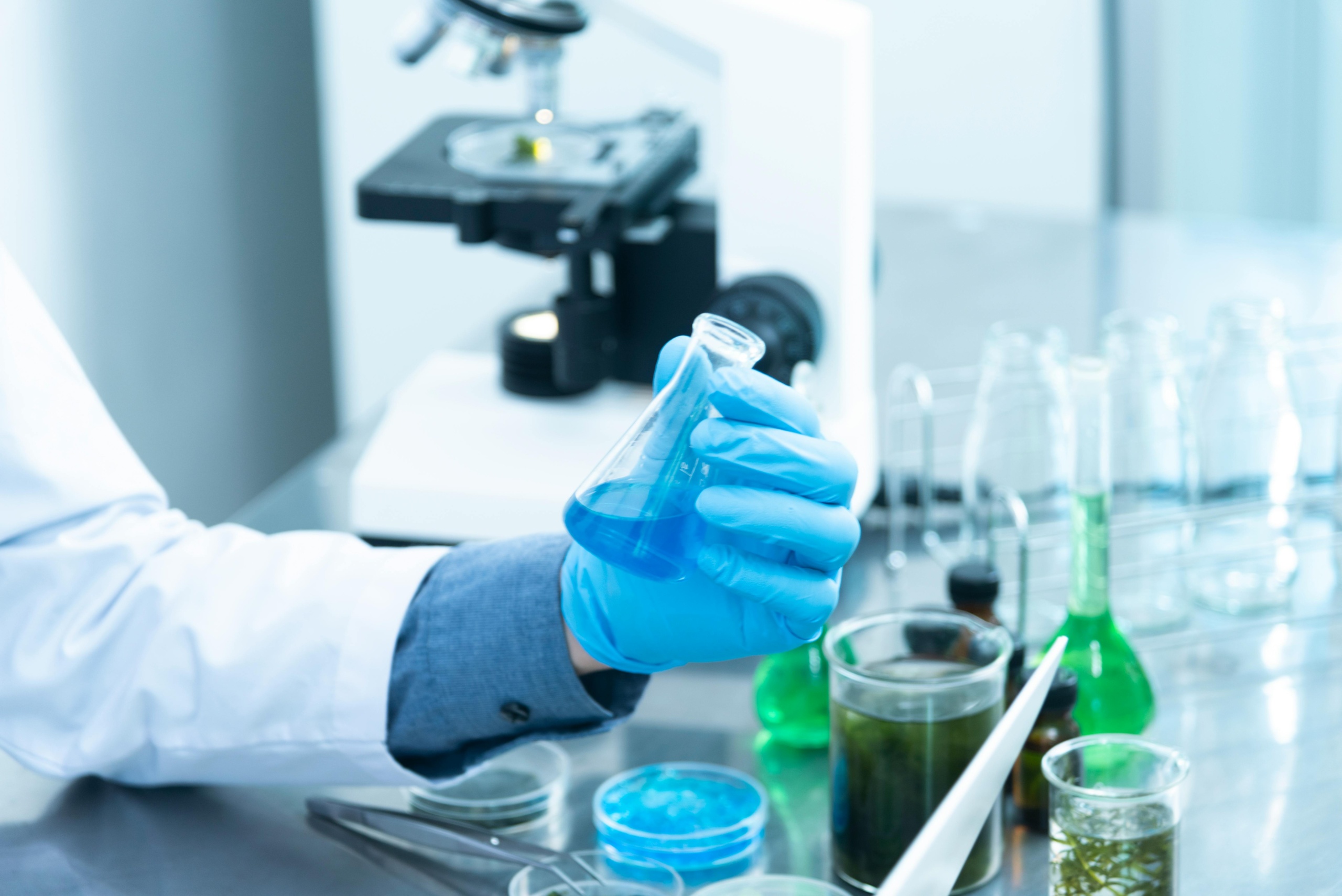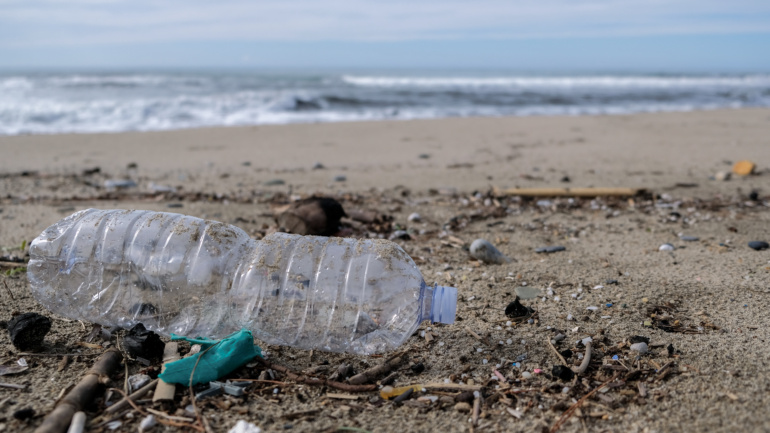By Samhar Almomani, Publishing Associate: Researcher and Writer at Save the Water™ | June 18, 2024
Engineers at the Massachusetts Institute of Technology (MIT), Nanyang Technological University, and a number of other companies have succeeded in creating technology that can detect and measure lead concentrations in water in an affordable way. This technology can offer essential support for many communities around the world that still suffer from lead contamination.
According to the World Health Organization, 240 million people are exposed to drinking water that contains unsafe amounts of lead. Moreover, this exposure can threaten the health and well-being of people who drink it. It’s important to test water lead levels to ensure safety. However, lead testing is costly for many communities, making it an inaccessible resource. In many instances, it can take several days for a result to indicate whether the water is safe to consume or not.
The use of a test strip reduces wait time for results. However, data provided via test strips is inadequate because they only provide a “yes/ no” answer rather than the amount of lead concentration. The Environmental Protection Agency recommends that drinking water contain no more than 15 parts per billion of lead. But this amount is often too low to detect using a test strip.
How Does This Lead Detection Technology Work?
The new lead detection technology is scheduled to become available in two to three years. Furthermore, it aims to identify lead concentrations that are as small as one part per billion with impressive precision. This technology is housed in a compact device that has a chip-based sensor. It’s able to deliver results immediately with just a droplet of water.
The researchers set out to use a simple detection method based on the use of photonic chips. These chips use light to perform various measurements. The researchers wanted to attach ring-shaped molecules, known as crown ethers, to the photonic chip surface. This process proved challenging, but they were able to succeed in attaching the crown ethers to the photonic chip surface. This allowed the crown ethers to capture specific ions, such as lead.
The Effects of Lead Poisoning
Lead is known to pose several health threats. These range from damage to the nervous system to effects on pregnancy and fetal growth. Even more, the Proceedings of the National Academy of Sciences (PNAS) published a shocking study. It said that over 170 million living Americans were exposed to lead in early childhood, which accounts for half of the US population. There are many harmful health effects that lead poisoning can lead to:
- Damage to the nervous system, mostly affecting the sense organs and other nerves controlling the body
- Hearing and vision impairment
- Fetal growth restriction, even at low exposure levels
- Reproductive problems
- Hypertension
Future Outlook on the Lead Detection Sensor
The technology used in this device promises to be useful beyond lead contamination detection. It can also be used for a host of other contaminants, such as radium and copper. If successful in adapting its mechanisms to detect other contaminants, this technology will be a major breakthrough for public health efforts globally. Moreover, it will result in more equitable health outcomes.





